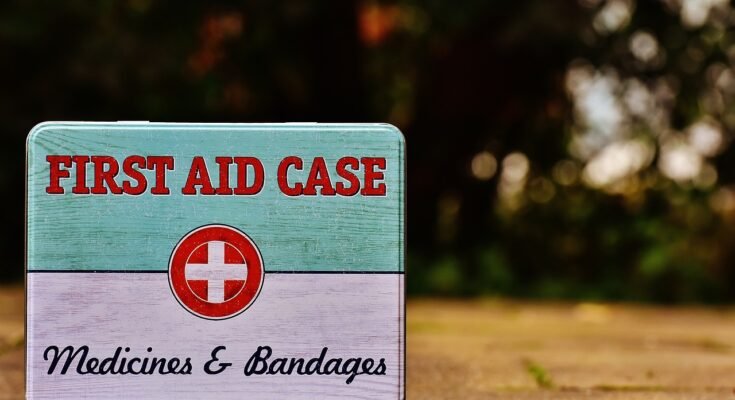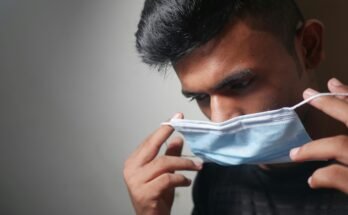Keeping children safe stands as a top priority for all parents at all times. The occurrence of accidents requires swift and appropriate responses from people. This is why a first aid course for kids is essential. Basic first aid education for children brings them the ability to manage crises with assurance. Before the arrival of experts help parents learn how to provide quick care through this training.
The article presents ten vital reasons for childhood first aid training that parents must consider. This information demonstrates life-saving importance alongside basic requirements that families must have.
Read More About Parenting Here
1. Teaches Kids How to Respond to Emergencies
Children authenticate both their search for information and their wanting to explore the world. Children who explore their surroundings tend to experience both minor and potentially dangerous emergency situations. A first aid course for kids teaches them how to assess a situation and react appropriately. Children learn to maintain their composure and contact help while giving essential medical treatment before adult assistance or professional medical help reaches them.
2. Helps Prevent Panic in Critical Situations
Children tend to become fearful when emergencies happen. Children become less likely to panic because they understand proper first-aid procedures. Training in first aid improves their self-assurance as students develop prompt response abilities. Being able to handle basic first aid situations such as scrapes or choking incidents effectively depends on having a child who has received first aid training.
3. Encourages Responsibility and Awareness
A first aid course for kids helps children develop a sense of responsibility. Their surroundings become more visible to them while they grasp how essential safety measures truly are. The combination of awareness from the class enables young students to stay away from hazardous conditions and develop better responsibility for their safety and the safety of others.
4. Teaches Basic Life-Saving Techniques
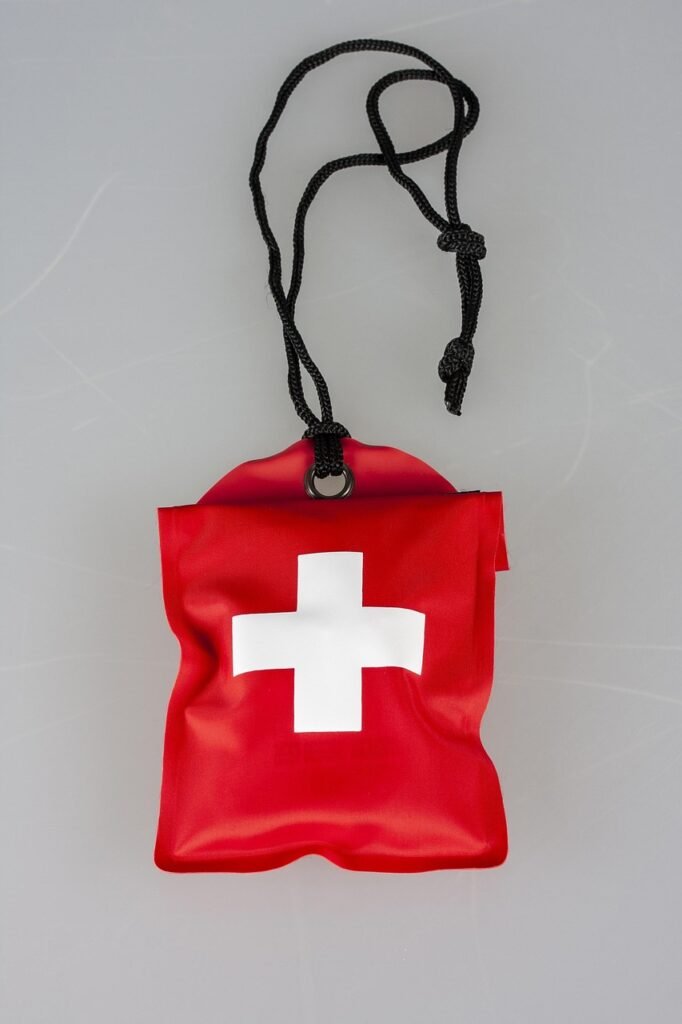
Children can learn simple yet life-saving techniques in a first aid course for kids, such as how to stop bleeding, treat burns, and help someone who is choking. These essential skills are fundamental for normal everyday operations. Everyone including young children can learn to put someone into a recovery position for emergency situations.
5. Reduces the Risk of Injuries Getting Worse
Timely first aid administration stops an otherwise minor injury from developing into a serious problem. Proper wound-cleaning skills that people learn through education help prevent infections from developing. A first aid course for kids teaches the importance of quick action, which can significantly improve recovery outcomes.
6. Prepares Kids for Unexpected Situations
Children regularly encounter circumstances where adult supervision is not currently available to support them. Kids face the risk of accidents at all locations including their school, the park along with their friend’s house. The training in first aid gives young learners the tools to manage small injuries while enabling them to find appropriate assistance in emergency situations.
7. Builds Confidence in Parents and Children
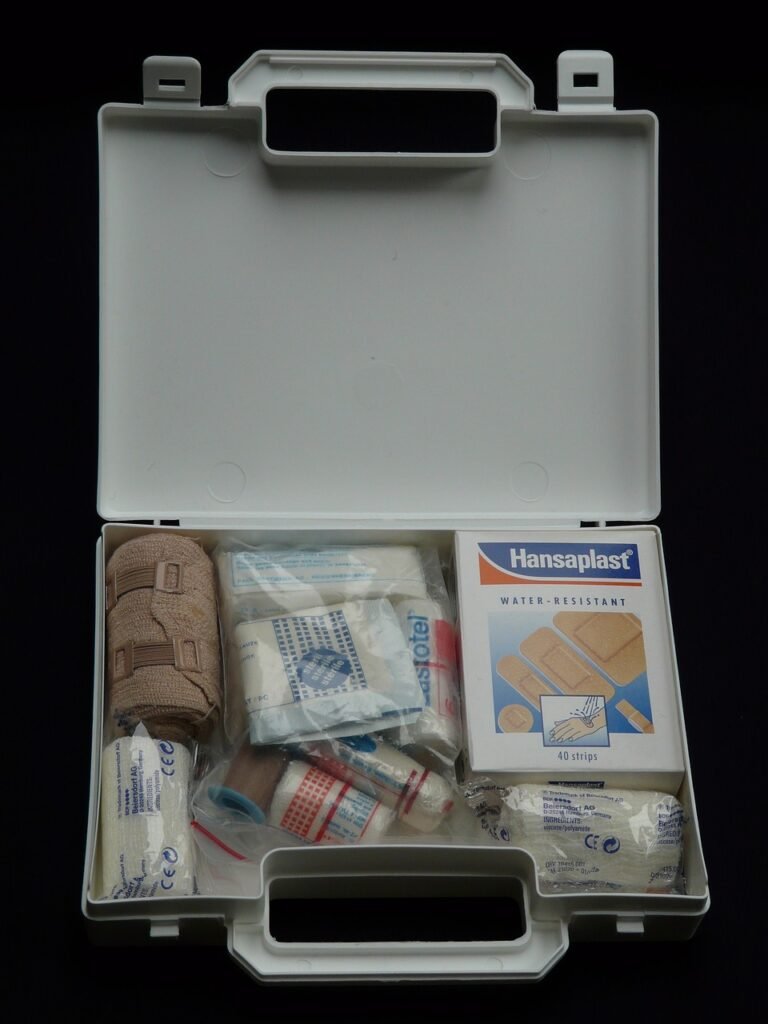
Parents gain peace of mind whenever they learn that their child acquired first aid competencies. Knowing first aid provides the reassurance that they will properly respond to emergencies. The ability to take care of oneself independently through acquired first-aid knowledge gives children both confidence and self-assurance about their capabilities.
8. Encourages a Culture of Helping Others
A first aid course for kids doesn’t just help them; it also allows them to assist others. Every trained child possesses the ability to provide fast medical help and emergency phone communication no matter whom they assist. The course ends up developing both empathy and kindness alongside responsibility for others.
9. Teaches Kids When to Seek Adult Help
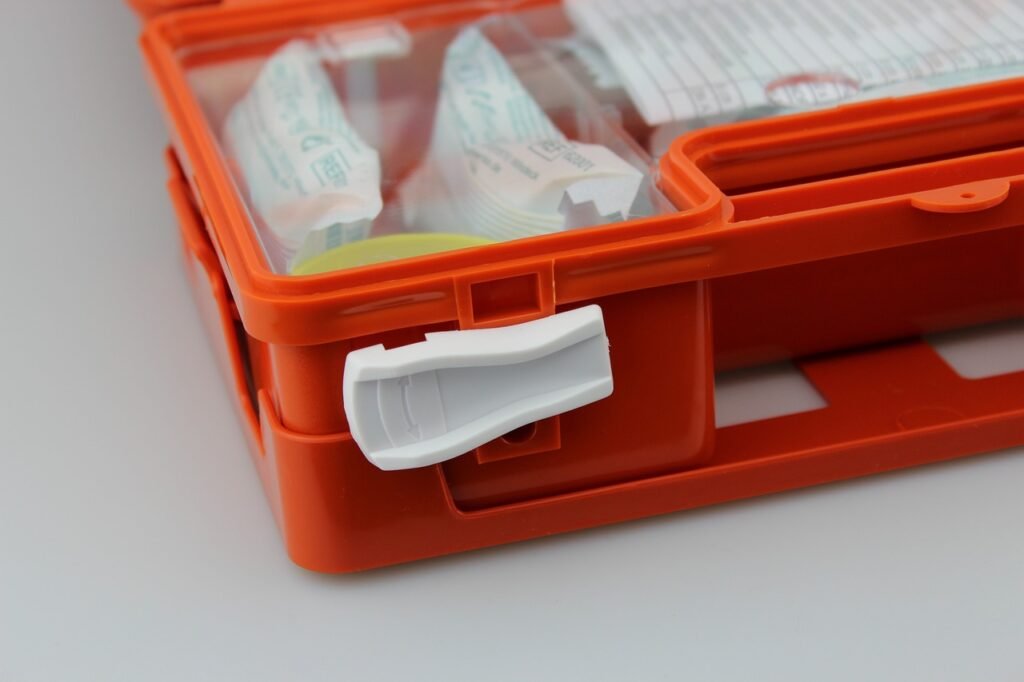
Medical assistance should be used only in cases that truly need it. A first aid course for kids helps children distinguish between minor injuries they can handle and serious situations where they need an adult or emergency services. The decision to get expert assistance is on the same value level as the ability to provide first aid.
10. First Aid Knowledge Stays for Life
The skills learned in a first aid course for kids are useful for a lifetime. The first-aid knowledge gained from these classes will expand as children get older and help them master more complex first-aid strategies. First aid training often inspires children to look at healthcare emergency response careers as a future professional path.
FAQs
What is the best age to learn first aid?
Children who are four or five years old can learn fundamental first aid protocols which include obtaining emergency help while additionally learning to wrap injuries properly. The curriculum should introduce progressively complex skills as children become older.
How to give first aid to kids?
Core first aid concepts for children focus on cleansing wounds followed by blood stoppage through pressure application and burn management together with correct Heimlich procedure implementation. A structured first aid course provides instruction on these particular skills.
What are the 5 points of first aid?
There exist five essential criteria which form the basis of first aid response.
First, evaluate the situation and verify that the surroundings are safe for both the injured person and the first responder.
- Call for help if needed.
- Bleeding should be controlled and aid must be given to maintain breathing functions.
- Comfort the injured person.
- Professional medical assistance should be accompanied throughout the waiting period.
What are the 7 basic steps of first aid?
First aid consists of seven essential steps that involve these procedures:
- Assess the situation for safety.
- Call emergency services if needed.
- Check the injured person’s condition.
- Stop any bleeding.
- Treat for shock if necessary.
- Provide basic wound care.
- Continue to check the casualty until professional medical assistance reaches the scene.
Teaching your children first aid skills gives them an important capability that allows them to protect themselves as well as aid others who need assistance. Learning first aid skills stands among the most valuable actions a parent can do to make their child ready for adult life.
Conclusion
A first aid course for kids is an investment in safety and preparedness. Learning first aid brings children both the ability to address health emergencies and strengthens their confidence level as well as comfort to parents. Trial to major situations call for first aid skills that kids learn through training sessions for managing them effectively.
Sending your child to a first aid course offers an opportunity that may one day become life-saving. Making your children prepared for unexpected events remains an effective basic approach to safety success.

